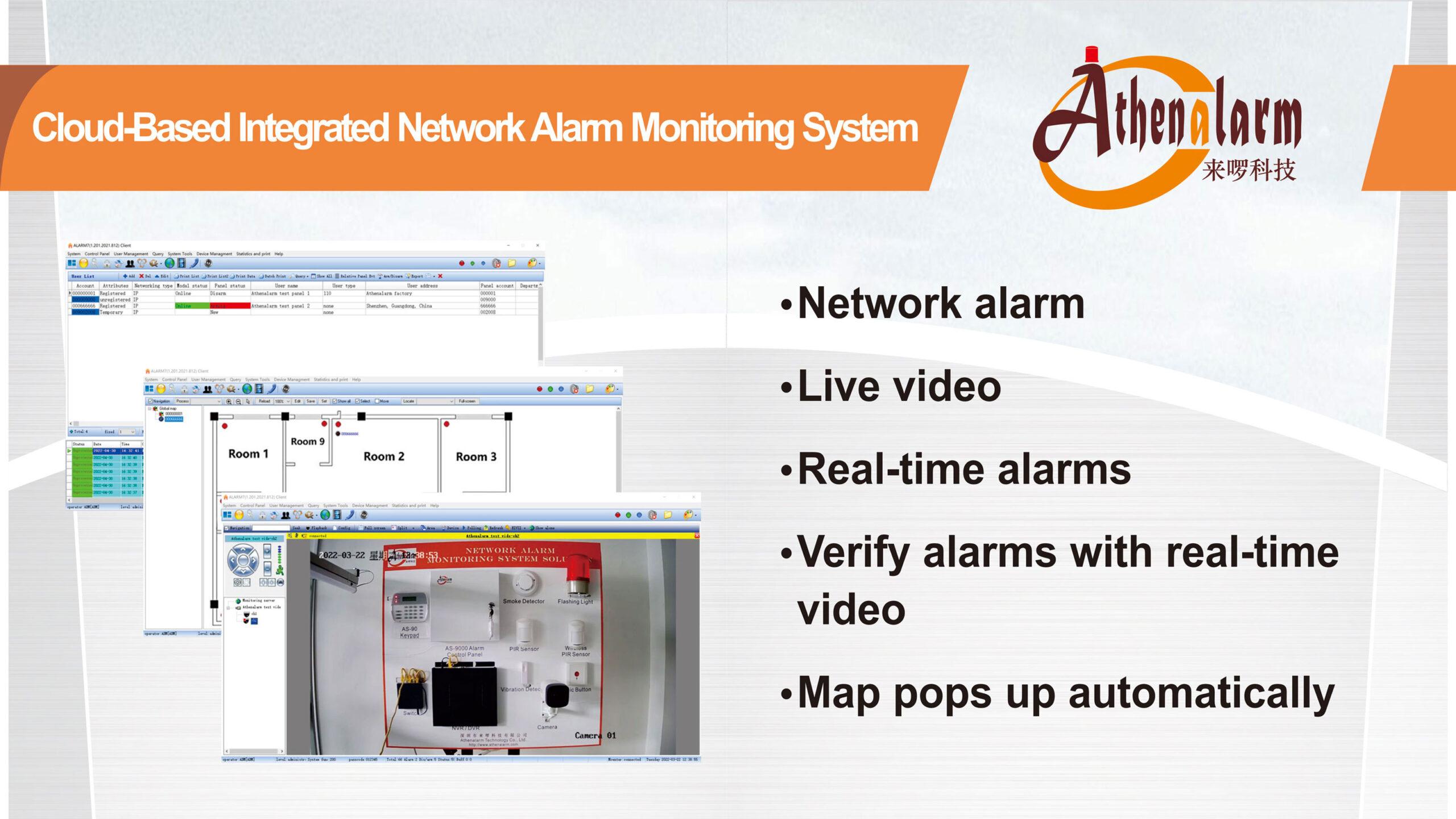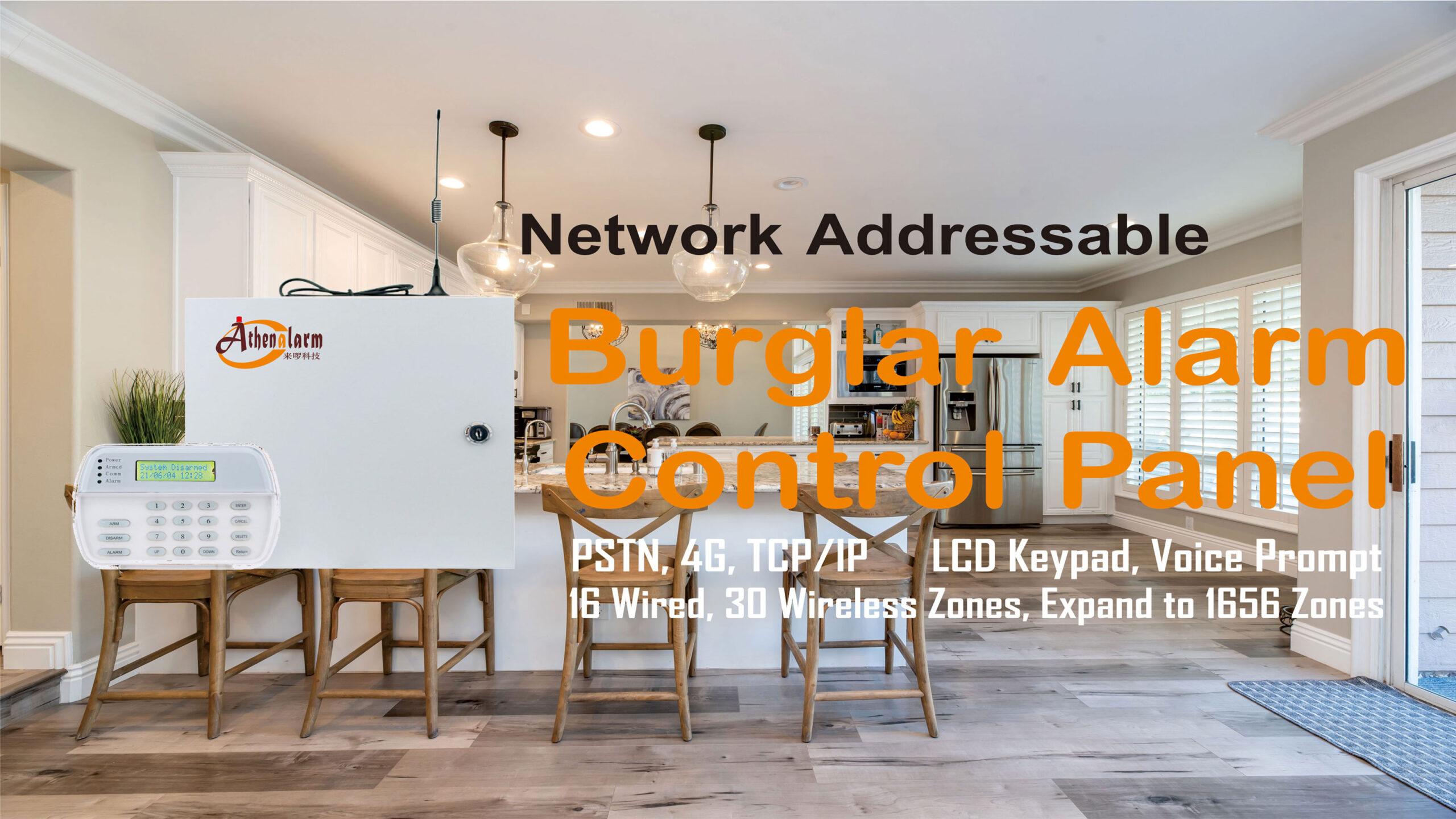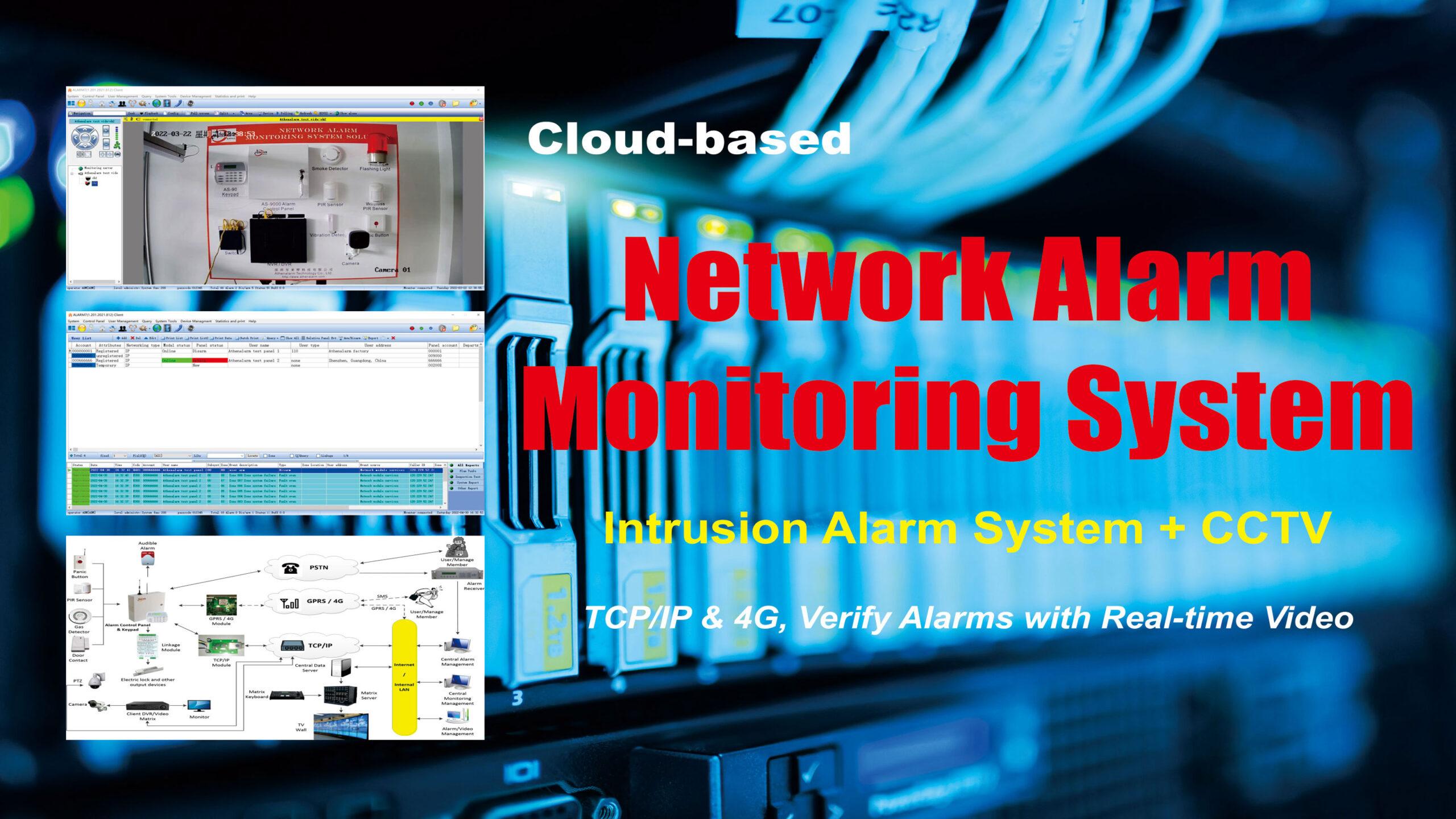



Burglar Alarm System Installation Guide
With the increasing awareness of security, individuals, families, and enterprises may choose to install burglar alarm systems to achieve the purpose of anti-theft and deterrence. The the burglar alarm system installation has a great impact on the alarm effect, and should be determined according to the actual situation when installing. It is the brief burglar alarm system installation guide as following.
1 Basic requirements for burglar alarm system installation design
(1) The burglar alarm system installation design should be based on the need to protect the area of the protection requirements, select the appropriate alarm control panel, detector, etc.
(2) Determines the installation position, angle and height of the detector according to the effective protection area and field environment of the detector. The detector should be installed in a hidden location as far as possible under the premise of meeting the protection requirements.
(3) Wiring should be concealed as much as possible to avoid being damaged. If the line should be protected by a thread or plastic tube to prevent damage by rodents (such as rats and other).
(4) Construction drawings should indicate the type and specifications of the detector and cable lines in each defense area, and indicate the use of the various color lines in the cable.
(5) Construction drawings should be kept on file for burglar alarm system maintenance.
2 Installation of alarm control panels
(1) Basic installation guides
- The alarm control panel is a non-explosive type product and cannot be used directly in hazardous locations (that has a certain concentration of flammable, explosive vapor gas, dust, fiber premises), otherwise it may be dangerous.
- It should be installed in a concealed location and be aware that the alarm control panel’s built-in horn should not be obscured to ensure that the alarm loudness is not affected.
- Do not approach equipment with strong electromagnetic radiation such as televisions, air conditioners, computers, microwave ovens, etc. to avoid affecting the antenna reception effect.
- In order to ensure reliable operation of the burglar alarm system, it is recommended to configure a backup battery. If the use area is often power failure, or the power failure time is long, it is recommended to configure a larger backup power supply.
(2) Wireless alarm control panel installation guides
- Location: Metal or other similar objects absorb radio waves, affecting the reception distance. Keep away from metal or other similar objects when installing.
- Antennas: The indoor rod antennas should be pulled out, and the outdoor antennas should be protected against lightning.
(3) Wired alarm control panel installation guides
- Cable: The burglar alarm system is a weak power system, each zone requires four-core cable, the cables must meet the relevant specifications.
- Wire terminal: The wire terminal should not be exposed to excessive length, generally 5mm, and too long may cause poor contact.
- Connect: The wiring should be locked to prevent loosening and false alarms.
- Wiring: To ensure the concealment of the burglar alarm system, it is recommended to use a concealed line.
- Battery: pay attention to the polar (red positive, black negative).
3 Installation of detectors
(1) Basic installation principles:
- Wall-mounted detectors should be oriented indoors to avoid being fitted to doors and windows.
- When installing the ceiling-mounted detectors, keep the doors and windows as far as possible to prevent the detection area to the outside.
(2) Installation should avoid the source of false alarms
The detector should not be installed directly near objects that may cause false alarms, such as cold/heat source (air conditioners, refrigerators, heating equipment, etc.) and vents. In buildings with doors and windows near the street, it should be taken to avoid this situation.
(3) Installation location
The installation position should be based on the characteristics of different detectors. Install a wall-mounted detector that is sensitive when the target is walking in the direction of the transverse-cut infrared field of view. The microwave detector is sensitive when the target is walking in a parallel microwave.
To protect a door or window, if the detector is installed facing the door or window, it will not give good performance to the detector. Because walking in the face of the detector, the detector’s response is relatively slow, and it is easy to cause false alarms when it is installed facing the door or window.
When installing, we should pay attention to the angle and height of the detector and the horizontal surface according to the installation specifications of different detectors. This has a great impact on the protective area. The scope of protection of the detector should be directly visible and there should be no obstacles.
(4) Installation height
It should be determined according to the actual environment.
Installation height of the wall-mounted detectors: 2.3 meters.
Installation height of the ceiling-mounted detector: 2.4 meters – 4.8 meters.
(5) The installation should be firm
The surface of the object on which the detector is installed should be firm. Avoid installing the detector on the shaking ceiling, wall, column or bracket, otherwise it may cause alarms.
4 Installation precautions
(1) Alarm control panels, detectors can not be installed in the following bad positions: direct sunlight, high temperature, rain, strong vibration, chemical corrosion, excessive dust.
(2) Wireless alarm control panels and wireless detectors: in order to ensure the wireless connection effect, please pull the antenna all away.
(3) When the alarm control panel is turned on, if abnormal conditions are found, the power supply should be disconnected immediately. The power can be turned on after troubleshooting.
(4) During the installation process, live operation is strictly prohibited.
(5) All connections are connected, and the installation and wires are checked repeatedly to be correct before power is turned on.
(6) After installation, all parts of the alarm system shall be tested. Once the tests have been fully passed, the alarm system can be used.
